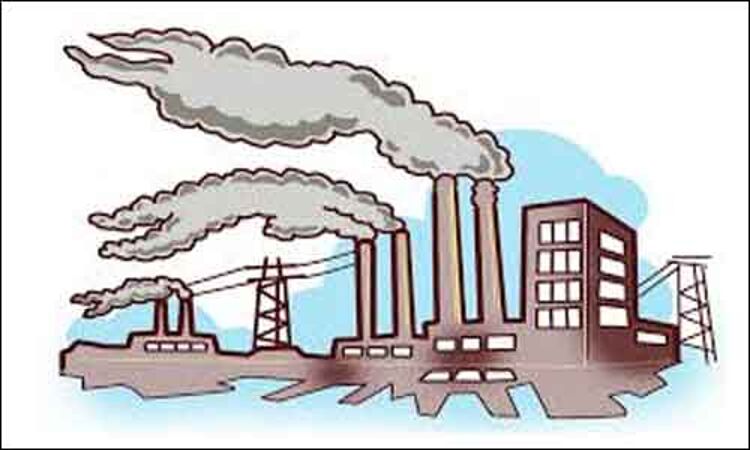- Home
- Medical news & Guidelines
- Anesthesiology
- Cardiology and CTVS
- Critical Care
- Dentistry
- Dermatology
- Diabetes and Endocrinology
- ENT
- Gastroenterology
- Medicine
- Nephrology
- Neurology
- Obstretics-Gynaecology
- Oncology
- Ophthalmology
- Orthopaedics
- Pediatrics-Neonatology
- Psychiatry
- Pulmonology
- Radiology
- Surgery
- Urology
- Laboratory Medicine
- Diet
- Nursing
- Paramedical
- Physiotherapy
- Health news
- Fact Check
- Bone Health Fact Check
- Brain Health Fact Check
- Cancer Related Fact Check
- Child Care Fact Check
- Dental and oral health fact check
- Diabetes and metabolic health fact check
- Diet and Nutrition Fact Check
- Eye and ENT Care Fact Check
- Fitness fact check
- Gut health fact check
- Heart health fact check
- Kidney health fact check
- Medical education fact check
- Men's health fact check
- Respiratory fact check
- Skin and hair care fact check
- Vaccine and Immunization fact check
- Women's health fact check
- AYUSH
- State News
- Andaman and Nicobar Islands
- Andhra Pradesh
- Arunachal Pradesh
- Assam
- Bihar
- Chandigarh
- Chattisgarh
- Dadra and Nagar Haveli
- Daman and Diu
- Delhi
- Goa
- Gujarat
- Haryana
- Himachal Pradesh
- Jammu & Kashmir
- Jharkhand
- Karnataka
- Kerala
- Ladakh
- Lakshadweep
- Madhya Pradesh
- Maharashtra
- Manipur
- Meghalaya
- Mizoram
- Nagaland
- Odisha
- Puducherry
- Punjab
- Rajasthan
- Sikkim
- Tamil Nadu
- Telangana
- Tripura
- Uttar Pradesh
- Uttrakhand
- West Bengal
- Medical Education
- Industry
Living near Trees May Prevent Vascular Damage from Pollution

Rockville, Md.- Living near an abundance of green vegetation can offset the negative effects of air pollution on blood vessel health. The first-of-its-kind study is published ahead of print in the American Journal of Physiology-Heart and Circulatory Physiology.
Studies have shown that proximity to green space—trees, flora and other vegetation—can lower blood pressure levels and the risk of heart disease. A number of environmental factors may come into play, including increased opportunity for outdoor exercise, reduced mental stress and socioeconomic status. However, the relationship between vascular (blood vessel) health, green space and air pollution has not been fully explored.
In a new study, researchers looked at the arterial stiffness of adult volunteers with co-occurring conditions such as obesity, high blood pressure, diabetes and high cholesterol, that put the volunteers in the moderate-to-severe risk category for heart disease. Using the participants' residential addresses and data from the U.S. Geological Survey and local Environmental Protection Agency monitoring stations, the research team analyzed environmental factors where the volunteers lived, including:
- vegetation index, including the amount of and variation in greenness levels within 200 meter and one-kilometer (0.62 miles) radii around each volunteer's home;
- particulate matter, which are tiny toxic particles invisible to the naked eye, in the air; and
- levels of ozone, a colorless, toxic gas and significant air pollutant.
During times when the particulate matter and ozone levels were high, participants had higher levels of arterial stiffness, however, those who lived in areas with more flora had better blood vessel function. Trees and other greenery offset vascular dysfunction that air pollution causes, the researchers explained.
Previous work from the same research group found that "individuals who live in areas of high greenness show lower exposure to volatile chemicals and that they have greater household income." In the current study, they explored the relationships between greenery, air pollution and arterial stiffness and found a similar correlation between the U.S. Geological Survey's normalized difference vegetation index and average household income. Even when adjusting for self-reported lifestyle habits such as exercise and smoking—70% of the volunteers were nonsmokers—the researchers found that "the effects of green spaces on hemodynamic function are largely independent on median household income, physical activity levels and tobacco use."
"These findings indicate that living in green areas may be conducive for vascular health and that the [favorable] effects on greenness may be attributable, in part, to attenuated exposure to air pollutants such as [particulate matter] and ozone," the researchers wrote.
https://journals.physiology.org/doi/abs/10.1152/ajpheart.00689.2020?utm_source=AJPHeart&utm_medium=PressRelease&utm_campaign=1.21.2021
Hina Zahid Joined Medical Dialogue in 2017 with a passion to work as a Reporter. She coordinates with various national and international journals and association and covers all the stories related to Medical guidelines, Medical Journals, rare medical surgeries as well as all the updates in the medical field. Email: editorial@medicaldialogues.in. Contact no. 011-43720751
Dr Kamal Kant Kohli-MBBS, DTCD- a chest specialist with more than 30 years of practice and a flair for writing clinical articles, Dr Kamal Kant Kohli joined Medical Dialogues as a Chief Editor of Medical News. Besides writing articles, as an editor, he proofreads and verifies all the medical content published on Medical Dialogues including those coming from journals, studies,medical conferences,guidelines etc. Email: drkohli@medicaldialogues.in. Contact no. 011-43720751


